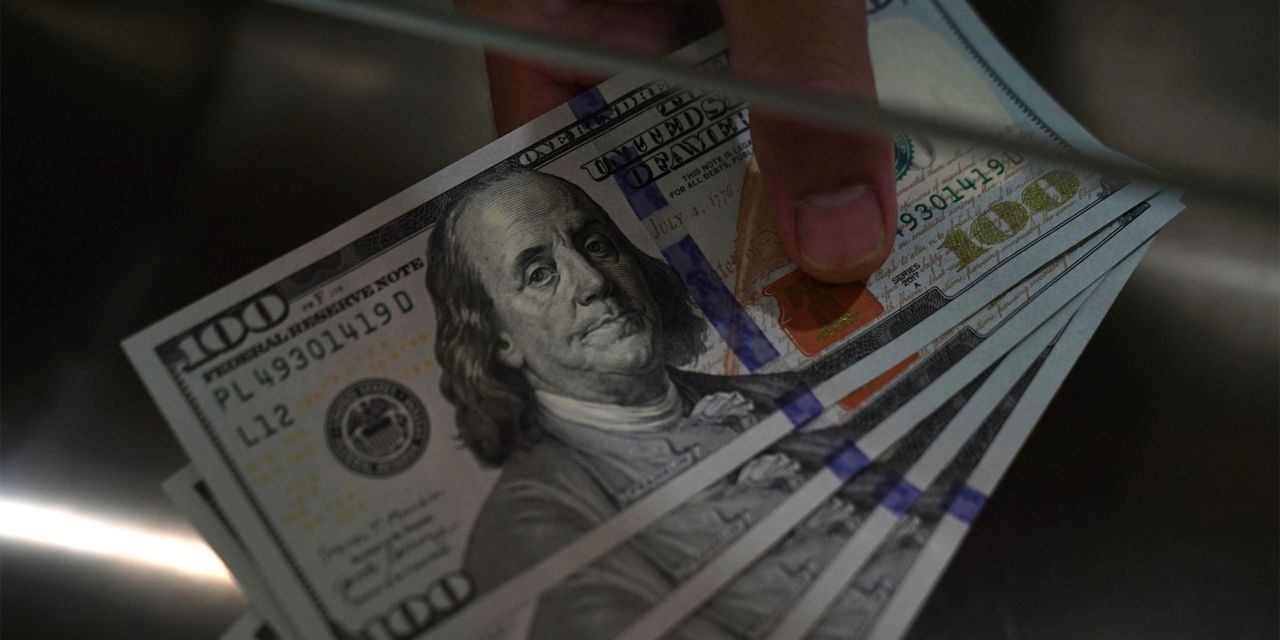There may be some uncertainty over the Federal Reserve’s moves on interest rates over the next few months, but regardless of what the Fed does, it is still a good time for savers.
The Fed’s rapid rate-hikes not only mean they can earn interest on their nest eggs, savers also finally have options for how to do so.
Yields on money-market funds are hovering around 5%, which is well above the 0.5% average for savings accounts, according to Bankrate data. With the Fed seemingly intent on raising rates by 25 basis points to a range of 5.25% to 5.5% at its meeting this week, that yield looks pretty healthy.
While there is some murmuring over what will happen at future Fed meetings, higher-for-longer is definitely emerging as the consensus view. The market is pricing in rates staying above 5% at least through March, according to the CME Group’s FedWatch Tool.
“Money markets pay 5% and they’re incredibly safe. It’s a great place to park cash while deciding what you want to do,” Tom Essaye, founder of Sevens Report Research, told Barron’s. He also likes money markets for their liquidity.
But some investors may be looking for investments with more diversity and less exposure to sudden rate swings. Determining where is best, however, depends on one’s outlook on the economy.
Wall Street and economists alike have been vacillating between ringing recession alarm bells and saying the Fed can engineer a so-called soft-landing. With the
S&P 500
trading at 20 times forward earnings, investors seem to think there is little chance of a downturn, and certainly not a severe one.
For investors taking a more bullish view on the economy, high yield or corporate debt could be a place to invest. The
SPDR Bloomberg High Yield Bond ETF
(ticker: JNK) currently yields 6.4% while the
iShares iBoxx $ High Yield Corporate Bond ETF
(HYG) yields 5.6%—both a tick above current money market rates. There could be even more upside for investors, presuming the economy doesn’t turn south.
“If the economy rolls along, you won’t have credit issues but you will get capital appreciation,” Essaye explained.
For his part, Essaye is taking a slightly more bearish view on the economy, noting it will take a while for the market and economy to fully absorb the impact of the 10 rate hikes that have occurred over the last 16 months. For that, he is open to buying 2-year Treasuries as well as other spots on the curve, depending on the investor’s time horizon. It isn’t much because of the yield, but when there is a downturn, investors will see capital appreciation as others rotate out of stocks into safer assets.
“People will stampede out of stocks and stampede into Treasuries,” Essaye said.
He isn’t alone in thinking about the merits of going out further in the yield curve as the Fed seems to be nearing the end of its rate-hiking cycle.
“We’re at a point here where, after 500 bps of tightening, we’re approaching the end. We probably have one or two more hikes,” Jeff Weaver, senior portfolio manager at Allspring Global Investments, said recently at a Crane Data conference. With the Fed likely to leave rates higher for longer because of a tight labor market and high inflation, going out on the curve does make sense. “But certainly, we’re nearing the end of the interest-rate hike cycle and it does warrant some extension,” he said.
Of course, investors can be forgiven for avoiding the coin flip on the path of the economy and instead sticking with money markets. Sometimes simpler is better— and just as profitable.
Write to Carleton English at [email protected]
Read the full article here













